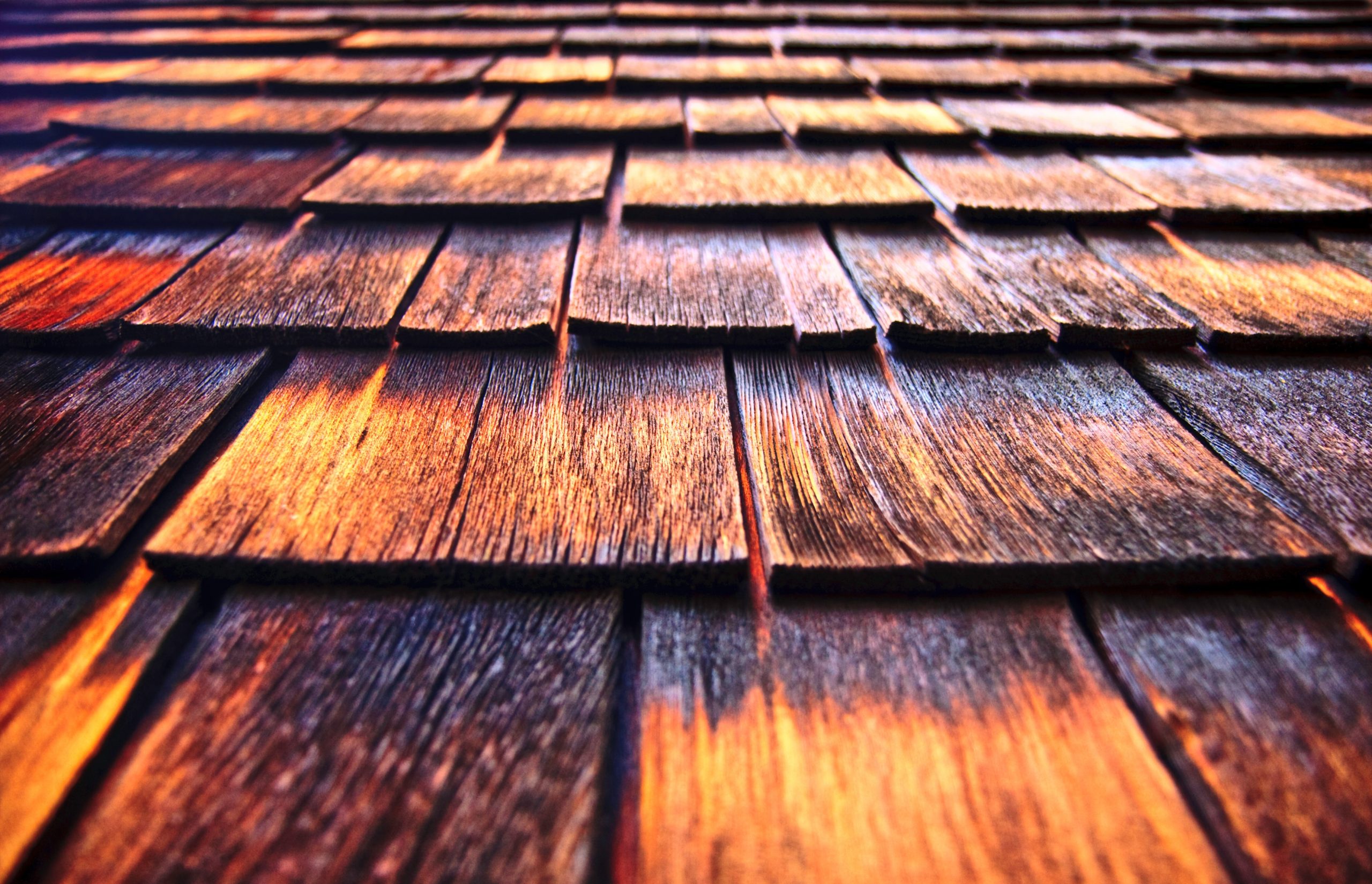Nor’easters, blizzards, winter storms, rain, hurricanes…the list of potential inclement weather possibilities in New England never seems to end, especially in the fall and winter. And while most people are sure to get their storm windows in place and their snow plow at the ready, not as many people are prepared for missing roof shingles or roof shingle repair after a storm.
However, it’s essential to fix damaged or missing roof shingles as quickly as possible in order to avoid further structural impairment to your home. Lucky for you, we’re roof experts with years of experience working on shingles and homes exposed to New England storms.
We’re going to go over some of the ways your shingles can become damaged or lost as well as why it’s so important to get them repaired.
Let’s get started!
How Can Shingles Be Damaged in a Storm?
There are a number of ways a storm can damage your roof’s shingles. Shingles are essentially the first line of defense against water, wind, hail, and snow. They help to repel and drive water off the roof as well as protect more important materials (like the wood of the home) that lay underneath them.
There are a few classifications you should know about in regards to shingle damage.
Lifted Shingles are shingles that either curl or lift up from the roof itself. This exposes the roof underneath to the elements, which can lead to more serious damage later on (more on this later in the article).
Something to note is that lifted shingles can be somewhat hard to spot and are not always obvious to homeowners. If you believe you could have shingle damage, you should have the roof looked at by a professional. Professional roofing companies have the experience and knowledge necessary to identify lifted shingles and fix them before they lead to more damage.
Damaged Shingles can range from lifts to curled edges to cracks and chips. Wind, hail, and age can all lead to shingle damage.
Missing Shingles are, you guessed it, missing. High winds and storms can rip shingles right off of your roof, leaving entire areas exposed to the elements.
Damage from Missing or Broken Shingles
Now that you know a bit more about how shingles can be damaged during storms, let’s look at what this damage can lead to and cause if you neglect repairing them.
Water Damage
One of the primary functions of shingles are to protect the roof and house underneath from water. Lifted, damaged, and missing roof shingles leave your roof exposed to water and moisture, especially during seasons with high precipitation like winter.
This can lead to a leaky roof and water damage to your attic, roof, ceiling joists, rafters, wall framing, and more throughout your home. As the damage progresses, you can see paint, plaster, ceiling fixtures, and even walls affected by this water damage.
When the wood that makes up parts of your home is exposed to water, the wood itself can become damaged and begin to rot over time. This can lead to structural instability in the home and seriously expensive and long-lasting damage.
Leaking water can also lead to electrical issues and fire hazards if there are electrical systems or wires below where the roof is leaking. This can lead to serious danger and damage from the home.
Mold
Another danger of damaged shingles that’s also related to moisture exposure is mold and mildew. When water can seep into your home through the damaged shingles on your roof, mold and mildew can find its way in.
This has several negative consequences. First, mold and mildew can ruin paint, walls, clothing, furniture, carpets, rugs, and more. Certain types of mold can also damage tiles, wood, insulation, drywall, and wall/floor coverings.
There are health-consequences to mold in the home as well. Certain types of mold can lead to negative health effects, including:
- Cough
- Skin irritation
- Wheezing
- Throat, nose, and/or eye irritation
- Respiratory issues
Some people can have pretty serious reactions to mold that lead to allergic reaction, immune system problems, and serious illness. Having your roof repair done as soon as you notice damage to your shingles is essential for helping to prevent mold and mildew growth in your home.
Freezing Water
Noticing a pattern here? Exposing your home to water is generally bad, which is why maintaining and repairing your shingles after storm damage is so important.
Besides rot and other types of water damage, water freezing can also lead to serious issues. This is especially relevant in New England winters where precipitation and freezing temperatures go hand in hand.
As water enters your home through the exposed area where the damaged or missing shingles is, it can eventually freeze in the cold temperatures. When water freezes, it expands. This can lead to cracks in your roof and in the wood of your home’s structure.
Not only does this allow even more water to get into your home, but it can also lead to dangerous structural issues in the roof and walls of the home.
Increased Energy Bills
Exposed portions of the roof as a result of missing or damaged singles means that the elements and the air outside are getting into your home. This makes it harder to keep your home warm or cold (depending on the season) since heat will leak in during the summer and leak out during the winter.
This will increase your energy bills and likely increase your overall bills thanks to all of the damage we outlined earlier.
Need a Repair for Damaged or Missing Roof Shingles? Call Us ASAP
If you suspect that your roof or shingles have been damaged during a storm (or for any other reason!) call Farina Roofing ASAP. We have years of experience with New England weather and roofing; we can help you replace missing roof shingles and repair any damage before the next storm rolls in.
Contact us here or book your appointment directly through our website.


